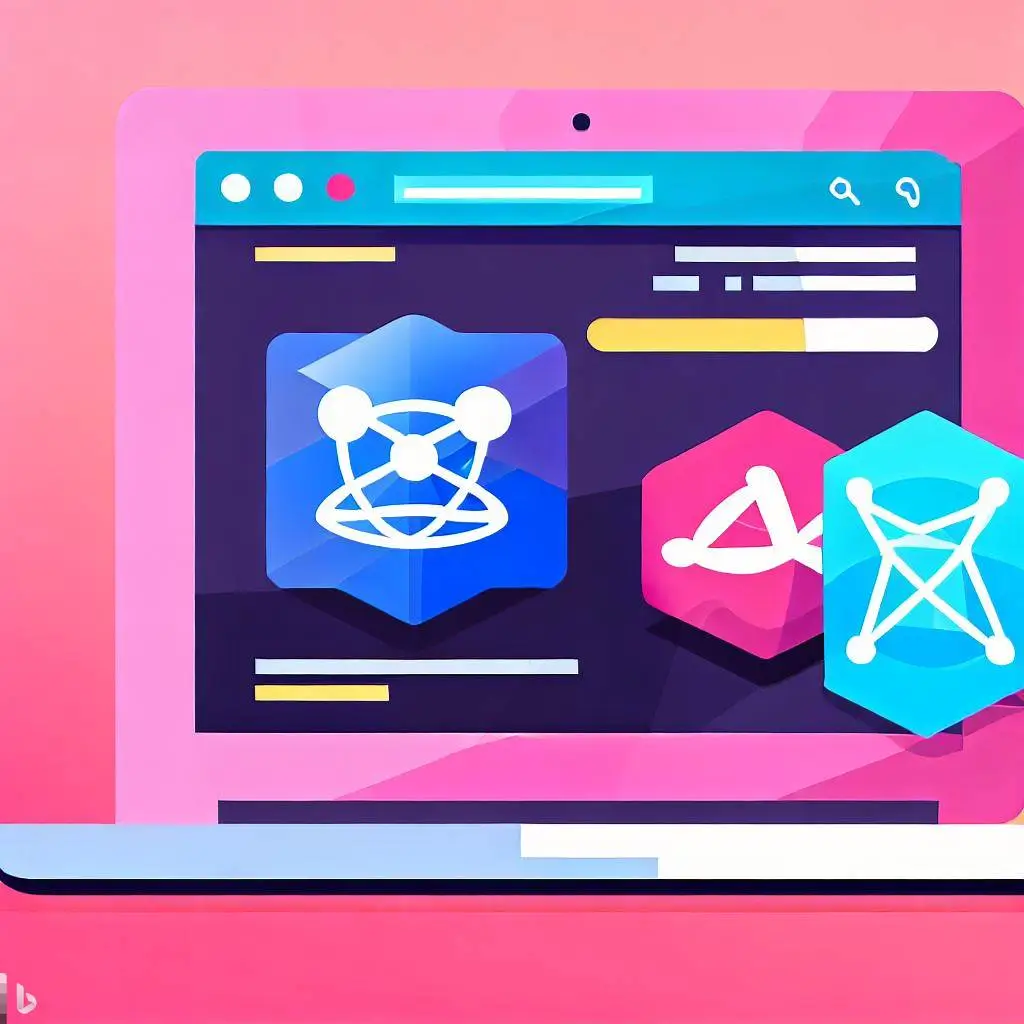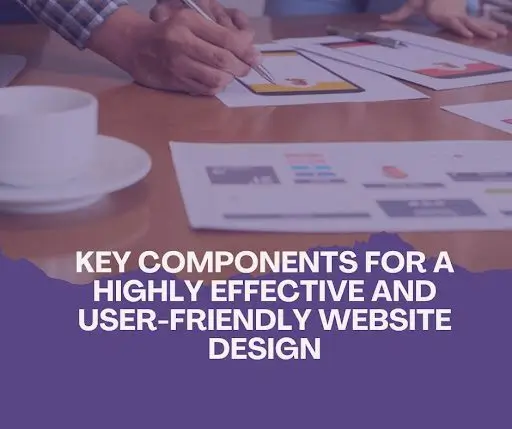Front-end web development is an ever-evolving field that requires developers to stay up-to-date with the latest techniques and best practices. As a beginner web developer, it’s essential to learn the basics of HTML, CSS, and JavaScript. But as you gain experience, you’ll need to develop more advanced skills to build modern web applications that are responsive, interactive, and visually appealing.
In this article, we’ll explore advanced development techniques that can help you take your front-end development skills to the next level. Whether you’re an experienced developer looking to improve your skills or a beginner web developer looking to expand your knowledge, these techniques can help you build better web applications. If you’re just starting with front-end development, it’s essential to learn the basics of HTML, CSS, and JavaScript. You can check out the essential guide for front-end development to get started. Once you have a solid foundation, you can start exploring advanced techniques to create more dynamic and interactive web applications.
Front-End Web Development
Front-end web development is the practice of creating the visual and interactive elements of a web application. It involves using HTML, CSS, and JavaScript to create responsive websites that work on different devices. To take your front-end development skills to the next level, you need to master advanced techniques for each of these languages. If you’re looking to build a modern and responsive web application, it’s essential to hire experienced front-end developers who have the skills and expertise needed to create custom solutions that meet your unique business needs. A team of experienced front-end developers usually has a deep understanding of HTML, CSS, and JavaScript, as well as other front-end frameworks and digital marketing techniques. We can help you build a web application that not only looks great but also performs well and meets your business goals
HTML

HTML is the foundation of every web page, and advanced techniques can help you create more dynamic and interactive web applications. Here are some advanced techniques for HTML:
Semantic HTML
Semantic HTML uses specific tags to describe the content’s meaning rather than just its appearance. This makes it easier for search engines and screen readers to understand the content and improves accessibility.
HTML5 Canvas
The HTML5 Canvas element allows you to create dynamic graphics and animations using JavaScript. This technique is useful for creating interactive games, data visualizations, and other dynamic content.
Web Components
Web Components allow you to create reusable custom elements that can be used across different web applications. This technique can improve code organization and reduce development time.
CSS
CSS is used to style and layout web pages and advanced techniques can help you create more responsive and visually appealing designs. Here are some advanced techniques for CSS:
CSS Grid and Flexbox
CSS Grid and Flexbox are layout systems that allow you to create complex layouts with ease. These techniques are useful for creating responsive designs that adapt to different screen sizes.
CSS Animations and Transitions
CSS Animations and Transitions allow you to add dynamic effects to your web pages without using JavaScript. These techniques can improve user engagement and create a more immersive experience.
Responsive Web Design
Responsive Web Design is a technique that allows you to create web pages that adapt to different screen sizes. This technique is essential for creating mobile-friendly web applications that work on different devices.
JavaScript

JavaScript is used to add interactivity and dynamic functionality to web pages, and advanced techniques can help you create more complex applications. Here are some advanced techniques for JavaScript:
AsynchronouJavaScript
Asynchronous JavaScript allows you to execute code without blocking the main thread, which can improve performance and user experience.
JavaScript Libraries and Frameworks
JavaScript libraries and frameworks like React, Angular, and Vue.js can help you build more complex web applications with ease.
Debugging and Performance Optimization
Debugging and performance optimization are critical skills for any front-end developer. Advanced techniques like profiling and code splitting can help you identify and fix performance issues in your web applications.
Full-Stack Development
Full-stack development involves working on both the front-end and back-end of a web application. To become a full-stack web developer, you need to master both front-end and back-end development skills. Here are some advanced techniques for full-stack development:
Back-End Development Languages
Back-end development languages like Node.js, Python, Ruby on Rails, and PHP are essential for building full-stack web applications.
Databases
Databases like MySQL, PostgreSQL, MongoDB, and Redis are essential for storing data in full-stack web applications.
APIs
APIs (Application Programming Interfaces) allow different software applications to communicate and interact with each other. Understanding how to work with APIs is crucial for building full-stack web applications.
Technical Skills
Technical skills are essential for any front-end developer looking to advance their career. Here are some technical skills that can help you take your front-end development skills to the next level:
Version Control
Version control systems like Git are essential for collaborating with other developers on projects.
Command Line
Understanding how to use the command line interface (CLI) can help you automate tasks and improve your workflow.
Testing
Testing your code is crucial for ensuring that it works correctly. Advanced testing techniques like unit testing and integration testing can help you catch bugs before they become problems.
Development Courses
Taking online courses is an excellent way to improve your front-end development skills. Here are some online courses that can help you take your skills to the next level:
- Frontend Masters: Frontend Masters offers courses on advanced web development topics like React, Vue.js, and GraphQL.
- Udacity: Udacity offers courses on front-end web development, full-stack development, and digital marketing.
- Coursera: Coursera offers courses on front-end web development, full-stack development, and software development.
Front-End Frameworks

Front-end frameworks like React, Angular, and Vue.js can help you build complex web applications with ease. Here are some advanced techniques for working with front-end frameworks:
- State Management: State management is crucial for building complex web applications. Advanced state management techniques like Redux can help you manage your state more efficiently.
- Server-Side Rendering:
Server-side rendering (SSR) can improve the performance of your web application by rendering pages on the server instead of the client.
Advanced Techniques for APIs
APIs (Application Programming Interfaces) allow different software applications to communicate and interact with each other. As a front-end developer, understanding advanced techniques for working with APIs can greatly enhance your ability to build robust and seamless web applications. Here are some advanced techniques for APIs:
Authentication and Authorization
Implementing secure authentication and authorization mechanisms is crucial when working with APIs. Techniques such as OAuth 2.0 and JSON Web Tokens (JWT) can help you ensure that only authorized users can access protected resources.
Rate Limiting and Throttling
To prevent abuse and ensure fair usage of APIs, rate limiting and throttling techniques can be implemented. These techniques help control the number of requests a client can make within a certain time frame, preventing excessive usage and maintaining API performance.
Caching
Caching API responses can significantly improve the performance of your web application. By storing frequently accessed data locally, you can reduce the number of API calls and minimize response times. Techniques like HTTP caching headers and client-side caching can be employed to optimize API usage.
Error Handling and Fault Tolerance
Robust error handling is essential when working with APIs. Advanced techniques include implementing proper error codes, handling different types of errors gracefully, and providing meaningful error messages to users. Additionally, building fault-tolerant systems that can handle temporary API failures or network issues is crucial for maintaining a seamless user experience.
Pagination and Filtering
When dealing with large datasets from APIs, pagination and filtering techniques come in handy. Pagination allows you to retrieve data in smaller, manageable chunks, while filtering enables you to retrieve specific subsets of data based on certain criteria. These techniques improve performance and provide users with more targeted results.
Webhooks
Webhooks enable real-time communication between systems by sending HTTP requests from one application to another based on specific events or triggers. Leveraging webhooks allows you to build integrations that respond instantly to external events, enhancing the functionality and versatility of your web application.
Conclusion
In conclusion, advancing your front-end development skills is essential to keep up with the ever-evolving field of web development. By mastering advanced techniques in HTML, CSS, and JavaScript, you can create more dynamic and interactive web applications. Additionally, learning full-stack development skills, technical skills, and digital marketing techniques can further enhance your abilities as a front-end developer. Taking online courses and working with front-end frameworks can also help you stay up-to-date with the latest technologies. Lastly, understanding advanced techniques for working with APIs is crucial for building robust and seamless web applications. By continuously learning and exploring new technologies, you can build modern web applications that meet the demands of today’s users.







